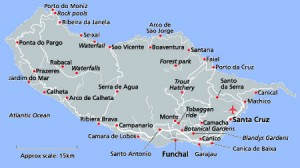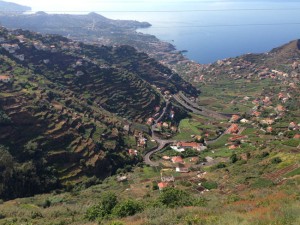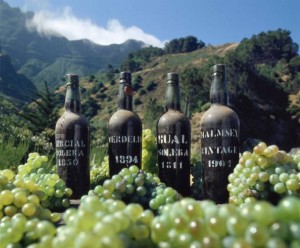
If you found this blog based on my social media posts then probably the first question you are asking is, “why is Madeira so special that Tim is flying 19 hours to get there.” The second question you probably should also be asking is, “what the hell is Madeira anyway?”
The island of Madeira lies about 350 miles off the coast of Morocco, north of the Cape Verde islands that you hear referenced every time a tropical wave blows off the coast of Africa. It is owned by Portugal and for that reason was an important part of the colonial trade triangle. Boats carried slaves from Africa to the sugar plantations of Brazil, carried sugar and rum back to Europe and then down to Madeira, eventually, to load up on wine before that was carried to the new world.
Madeira is a very special type of wine, that becomes interesting due to an extremely hot aging period. In colonial times the casks of Madeira were loaded on ships and taken around the world, twice. The constant rocking, heat and humidity of the ship’s hold “cooked” the wines and give them a very special, pronounced flavor. You often see the word “cheese rind” used to describe Madeira, in a good way. The wine geek term for this is “rancio” and is distinctive to wines aged under heat. I won’t get too far into that with this post but watch early next week when I can post pictures and show you.


If you spend any time reading about the colonial period you will discover that our founding fathers spent a lot of time drinking. Cider was the beverage of the daylight hours and Madeira was the tipple of choice in the evenings. The wine was so popular in the English colonies, who would become the US, that we imported almost a quarter of the island’s total production. Madeira was also the wine used to toast the signing of the Declaration of Independence and Washington’s inauguration.
Madeira’s popularity started to wane in the 1830’s when a disease called oidium struck the island and killed off a substantial portion of vines. Just as the industry started to recover the root louse phylloxera struck in 1873 and wiped out most of the remaining 6000 acres of vines. Since that time the major agricultural crop of this subtropical island is bananas, although wine is starting to make a comeback.
Tomorrow … The Blandy’s and Madeira in the 21st century
